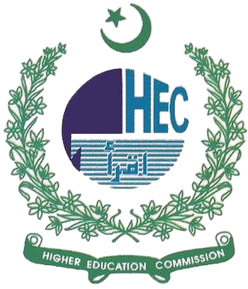EXPLORING THE CAUSES FOR LANGUAGE ATTRITION AMONG PUNJABI SPEAKERS IN PAKISTAN: A SOCIO-LINGUISTIC STUDY
DOI:
https://doi.org/10.63878/jalt838Abstract
This study investigates language attrition in Punjabi among young adults in a multilingual Pakistani context. A total of 100 respondents, consisting of 50 males and 50 females aged between 20 and 25, participated in the research. To measure language attrition, a lexical recall test was employed, where participants were asked to identify 100 Punjabi words, including nouns, adjectives, and verbs. A Yes/No scale was used to assess lexical attrition, providing a direct measure of the respondents' retention or loss of vocabulary. Additionally, a Likert scale was administered to explore potential causes of attrition, such as language use patterns, social influences, and the prevalence of other dominant languages. The questionnaire design was informed by the work of prominent researchers, including Köpke and Schmidt (2004), Grosjean (2001), and Fishman (1991), to ensure a comprehensive examination of language attrition factors. The findings of this study offer insight into the factors contributing to Punjabi language attrition in young speakers and highlight gender-based differences in language retention. This analysis of lexical attrition among male and female respondents highlights significant gender differences in the retention of vocabulary items. Female respondents generally retain more lexical items than males, with 76% retaining "Mat" versus 68% of males, and 64% recognizing "Sur" compared to 46% of males. However, some items show higher attrition rates for females, such as "Pichokar," retained by only 10% of females compared to 20% of males. In the context of adjectives, both genders struggled, with males outperforming females in most categories, yet females excelled in specific terms like "Tata." Verbs showed a similar trend, with males generally recognizing more items but females outperforming in some cases. Contributing factors to language attrition include a preference for Urdu and English, social pressures discouraging Punjabi use, and a generational gap in language engagement. Statistical analysis confirms that age and gender significantly influence language attrition, rejecting the null hypothesis. Overall, while females exhibit higher retention in many areas, exceptions exist, indicating a complex pattern of lexical attrition influenced by social and contextual factors.
Downloads
Published
Issue
Section
License

This work is licensed under a Creative Commons Attribution-NonCommercial-NoDerivatives 4.0 International License.


